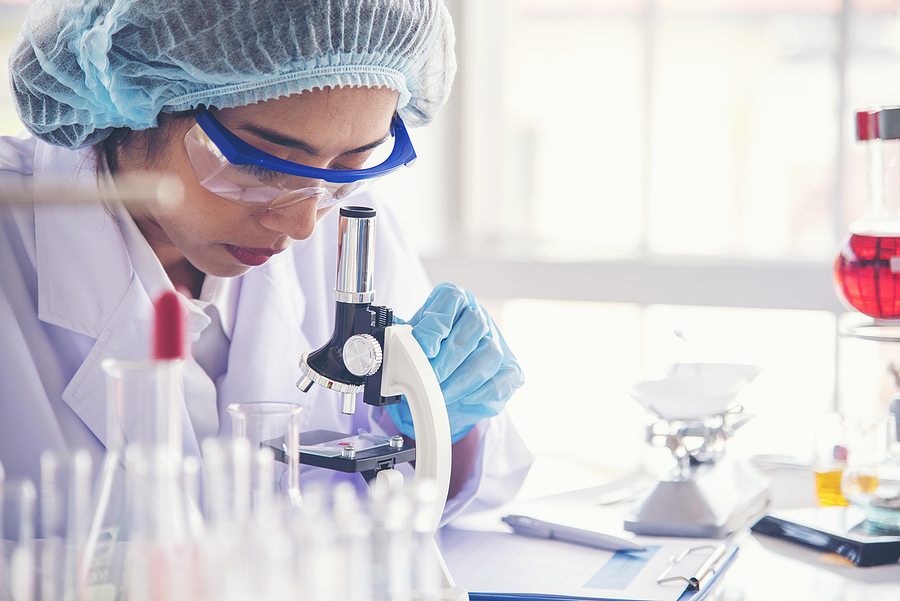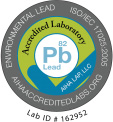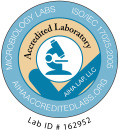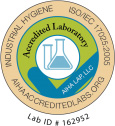
Forensics is a broad word, encompassing a variety of scientific subjects culminating in providing clear and specific evidence for a singular purpose. Environmental forensics allows scientists to test various areas for contamination and has a history going back hundreds of years. Even before microscopes, the educated crime fighters of the day still gathered soil and water samples in an attempt to analyze them and solve cases. While the testing methods were crude and hardly accurate, humans understood that the soil, air, and water held numerous organisms that could help or hurt us.
After microscopes were invented and popularized, forensics took off in areas like criminology, environmental science, DNA testing, carbon dating, and more. Currently, most laboratories are equipped and capable of quick, detailed lab results. The science is exact and familiar enough that any building manager can take samples and send them off.
However, this science is continually developing! Inventors and academics have furthered forensic technology in many ways over the last few years. While it takes time for new technologies to become the standard, a few advancements in forensic testing are notable and likely to make an impact.
Better Analytical Methods Than Ever
Once samples are collected and in for testing, labs can break down the components of most samples to the point where they can, for example, see how many mold spores are in each sample. The analytical methods have been developed over the years through further experimentation and extended usage of these materials. For example, air and water samples can be analyzed in a matter of hours with electron microscopy, with full particle identification.
Chemical fingerprinting is a somewhat newer tactic that allows scientists to determine the makeup of each sample to compare contaminated samples with potential sources of the contamination — allowing for quicker identification when there’s a spill, leak, or other hazardous issues. The EPA has developed a number of analytical tactics and specifications so that all labs are held to a certain standard, which can be found on their website.
Portable Testing Equipment
This advancement is a giant time-saver for all. Testing materials are secure and easy to use for anyone, so sending samples to a lab is simpler than ever, but there are cases where this is not a possibility, and on-site testing is required. For example, sites where the pollution occurred long ago, but the impact isn’t realized until years later, such as legacy polluter sites. It’s a common issue throughout the U.S. as many plants and factories have closed over the last 50 years, and current construction projects are uncovering past contamination. It’s also helpful when emergency teams must respond to contamination and ensure a site is secure enough for remediation.
Advances in DNA Testing Methods
Testing of DNA samples has undergone massive changes over the years, with technology now helping with DNA sequencing, eDNA, and analyzing historical DNA evidence. Of course, this has been most utilized in the field of crime-solving. Still, academics and scientists are now using this technology to look at fossils, mummies, skeletons, and other carriers to understand human development better. It also allows scientists to determine environmental changes that were potential causes of death for early humans and track atmospheric changes over hundreds of years.












